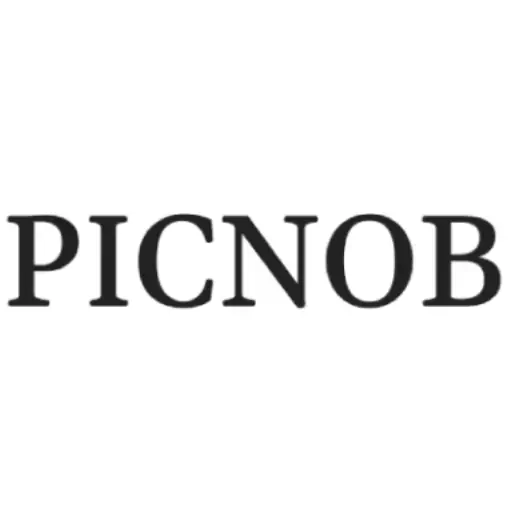
Fake Image Detection – Exploring Risks, Benefits, And Future Trends
This technology is used in conjunction with AI, which facilitates the system’s training through the evaluation of numerous images. The system has adequate storage space to identify patterns in a fresh picture. Additionally, it can recognize various patterns in the pictures.
Table Of Content
Furthermore, picture detection is an essential part of visual facial recognition. It makes it easier to find specific objects, traits, or patterns in an image. This capability improves user interaction with devices and develops technology.
For example, the ability of a smartphone to recognize faces in photos speeds up and simplifies the sharing of memories. It helps businesses comply with regulations by accurately identifying people and verifying their identities using multiple visual data. This function reduces the risk of identity theft and fraud in various fields.
Privacy Risks in Detection
AI image detectors are powered by artificial intelligence and could be misused. For example, using image detection technologies for supervision may result in people being subjected to extensive background checks without their consent or awareness. Furthermore, this type of misuse expands the possible uses for illegal profiling. To regulate the use of image recognition technologies, strict regulations and societal norms are required.
Furthermore, the extensive use of image AI checkers for surveillance may give rise to privacy concerns. However, continuous surveillance using cameras equipped with this technology, which creates the illusion that someone is being observed or recorded, produces the best checking circumstances. Furthermore, there is little effect of this extensive screening on individual liberties. To ensure that checking systems are being used appropriately, it’s critical to find a balance between the benefits of monitoring and privacy concerns.
Types of Fake Images
There are several tools that can be used to create fake images for various purposes. Apart from the negative usage of these technologies, there are several fields that require creating fake images using different tools such as:
Edited Images
Several images are manually created or edited by using software such as Photoshop. This editing includes altering colors, objects, backgrounds, faces, and blending different images to create a new one. Such editings can be used for fun and sometimes they can be used to spread rumors or misinformation about someone.
AI-Generated Deepfakes
This technology is used to create realistic-looking images and videos using artificial intelligence. It uses machine learning to imitate the faces and the voices of the real person to incorporate into a fake video. Such techniques are widely used in film and media industry but can also be used to manipulate the audience.
Misleading Pictures
These are contextually misleading images that are taken and used out of that context to mislead others. For instance, if an image of a crime or some event is taken a year ago, and it is exposed after a year then everybody will think as if that image is real and currently happening.
Computer-Generated Images
These images are created by using computers and are often used for entertainment such as movies, video games, and numerous advertisements. These are not manipulative images and videos but sometimes these are shared as if they are real. For instance, an image is created spotting an angel or maybe a UFO.
Future Advancements in the Technology
The future of AI-generated image technology seems bright. As machine learning develops, it will become more accurate and better at understanding complex situations and images.
Combining picture identification with cutting-edge technologies like augmented reality and the Internet of Things (IoT) presents exciting opportunities for the RegTech industry. For example, regulatory bodies may employ picture recognition to instantly confirm compliance, boosting accountability and openness in a variety of sectors. Additionally, integrating this technique or fake image detectors online into the systems can enhance deepfake detection and AI detectors.
Conclusion
Over time, the trend of creating fake images is rapidly increasing. Those realistic-looking images are often hard to distinguish. In this regard, there is a strong need to implement robust detection tools to help prevent fake content from spreading.
Moreover, there are some of the best fake image detectors that can be used to verify the authenticity of the images. These tools include reverse image search, metadata analysis, and AI detection. Also, these AI fake image detector apps should be updated over time due to the upgradation of fake image creation tools.




